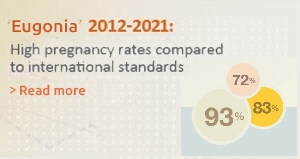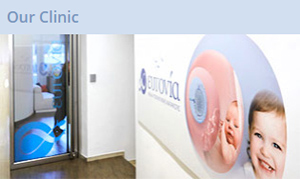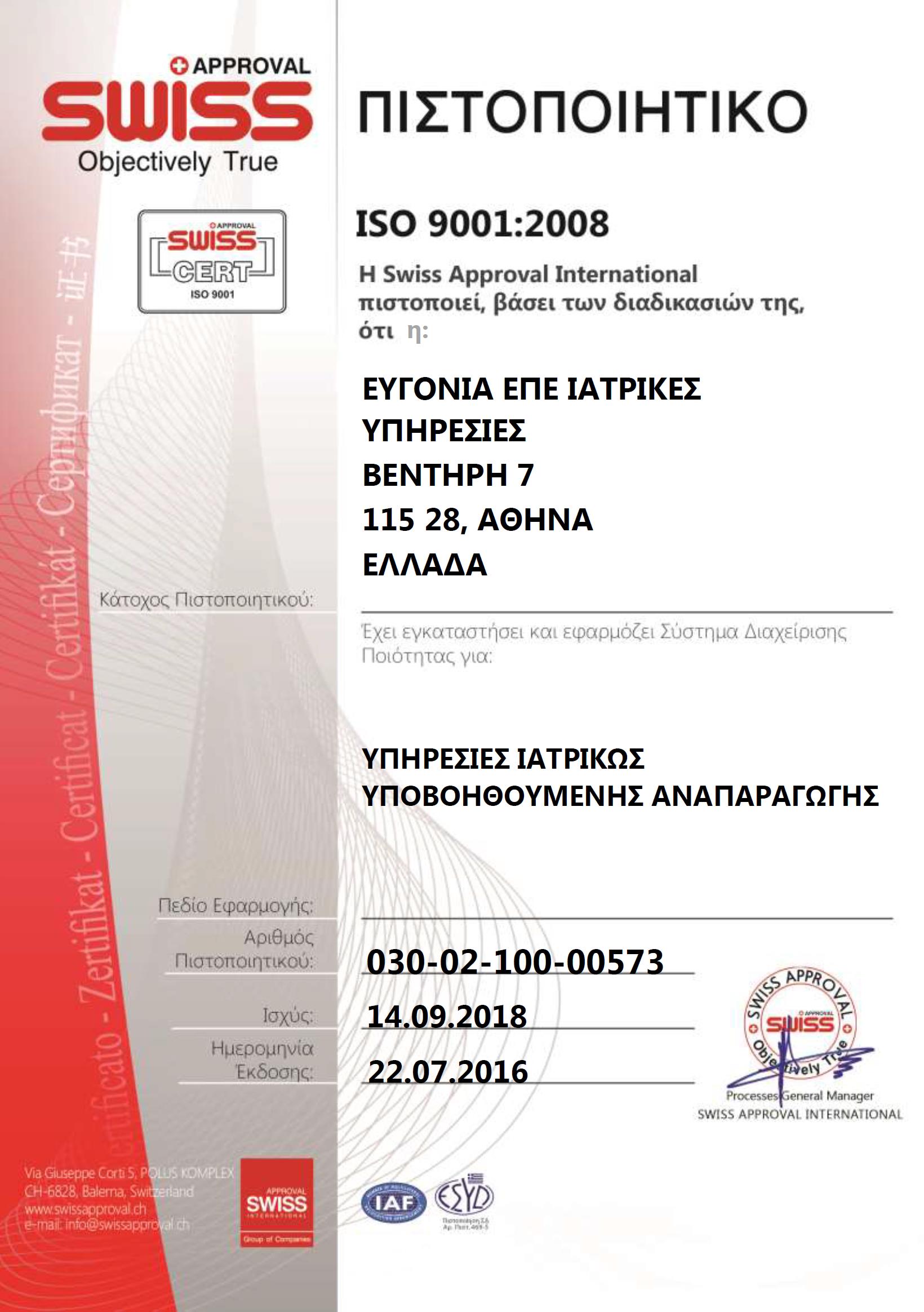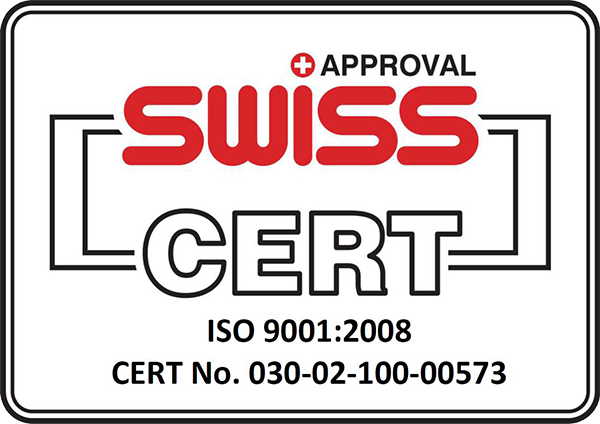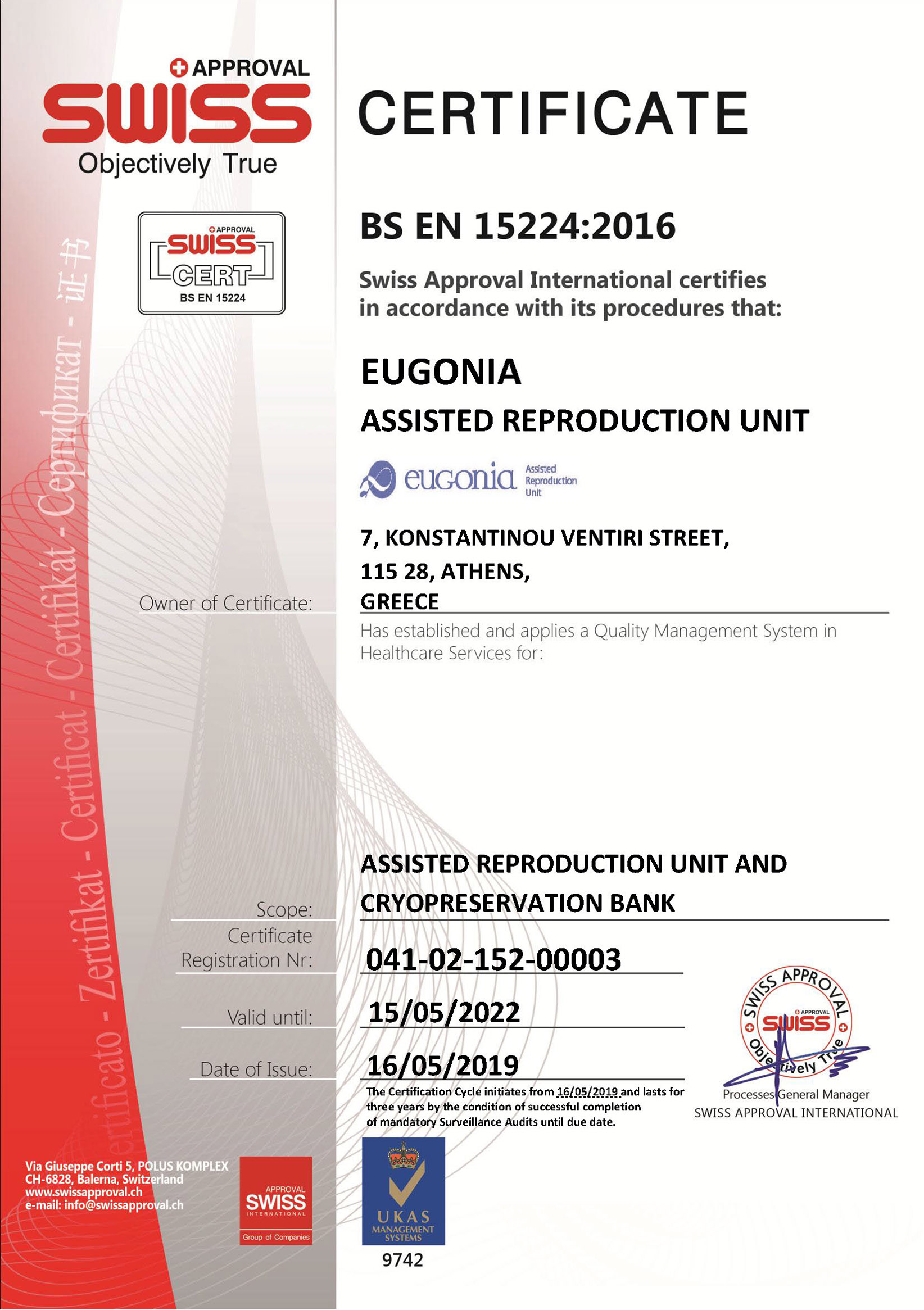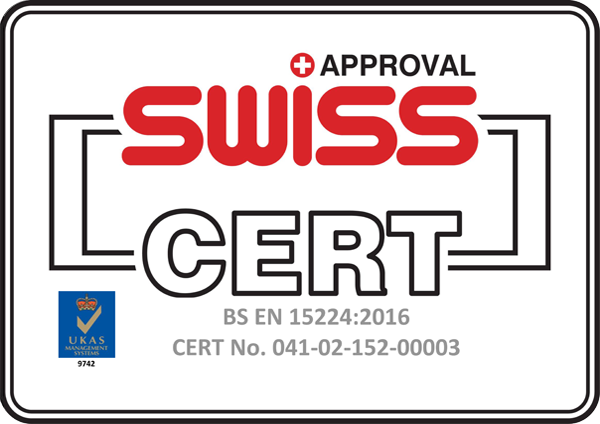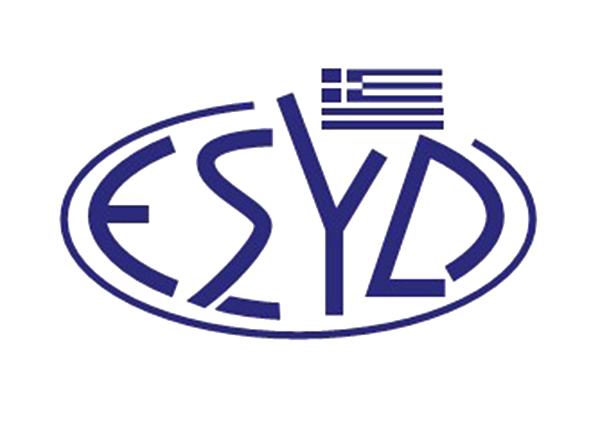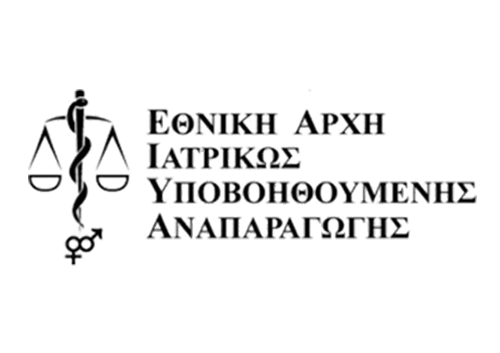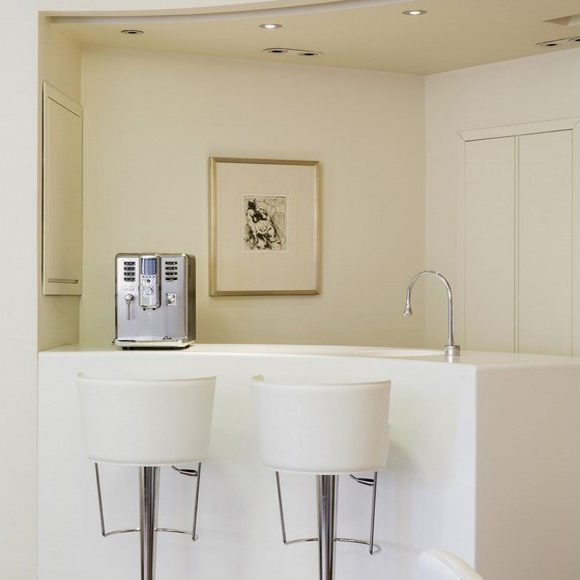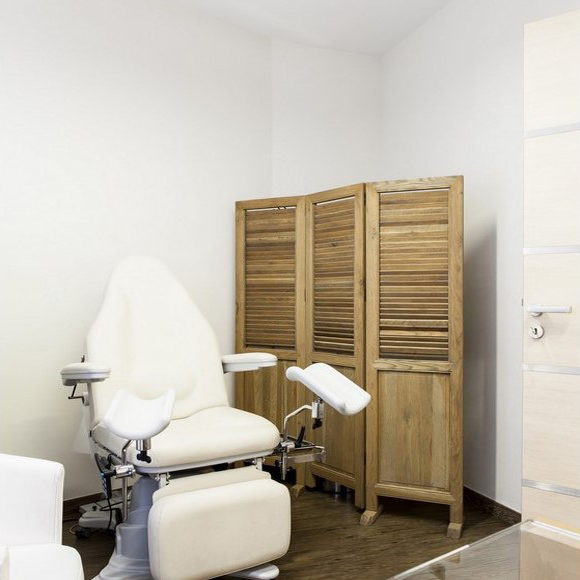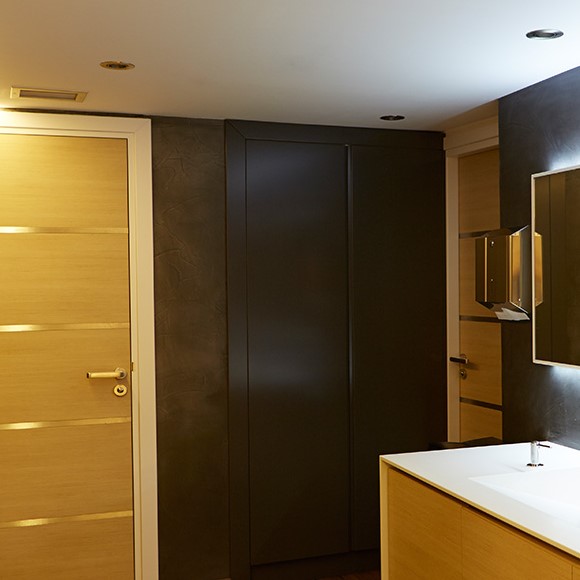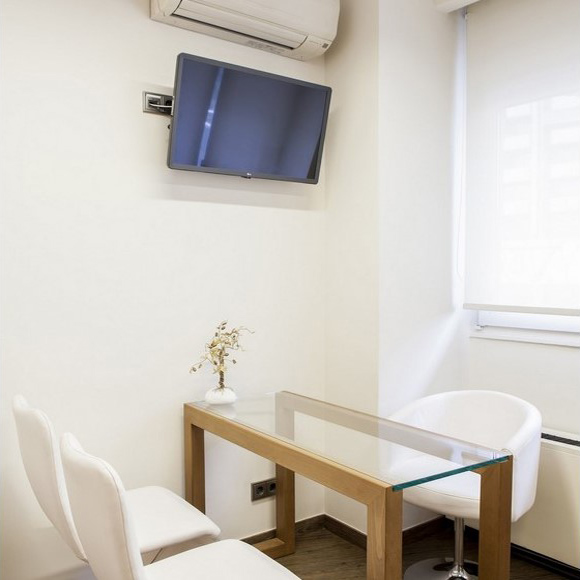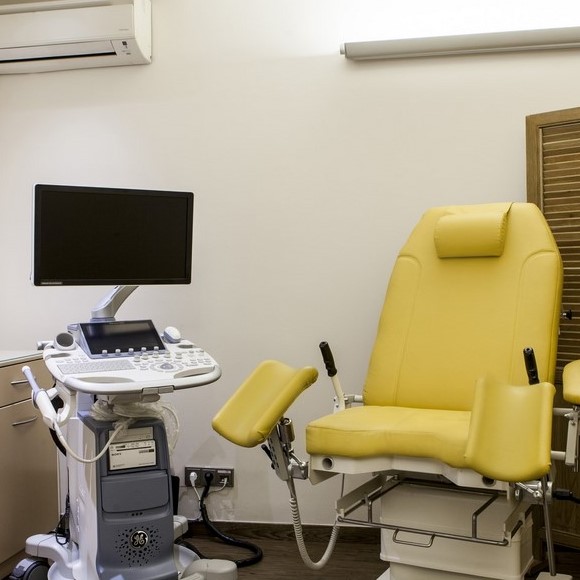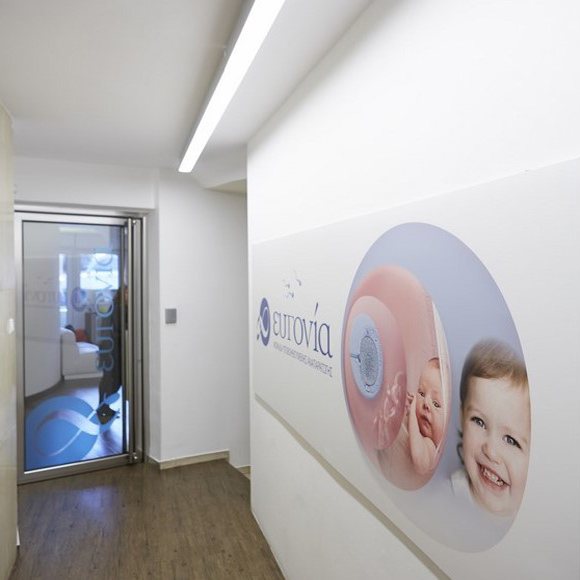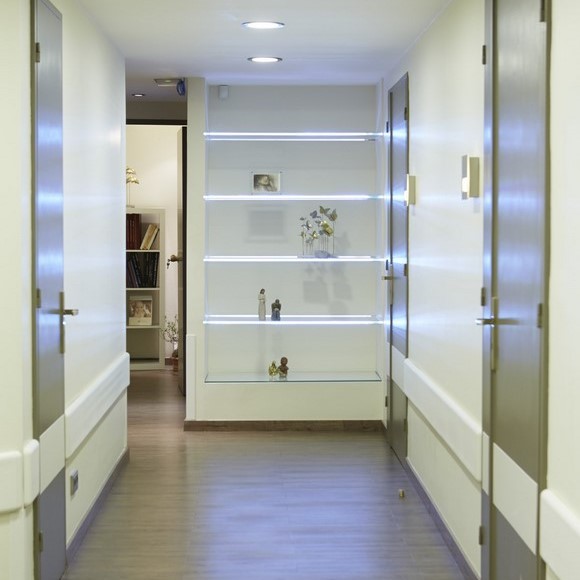During natural conception, the blastocyst hatches from the embryonic shell, the zona pellucida, on the 5th or 6th day after fertilization. The fully hatched blastocyst is the last free-form embryonic stage and the only stage when the embryo has the capacity to attach and implant in the endometrium. However, in some cases, the zona pellucida is harder or thicker than normal, obstructing the process of hatching and, as a result, impairing successful implantation.
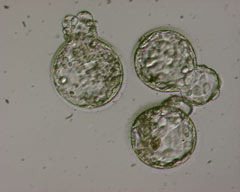
Following an artificial opening on the zone pelloucida using laser the blastocysts have started to hatch.
When the embryos develop in culture, there is another possible intervention before the embryo transfer; the embryologist can assist blastocyst hatching by opening a small hole on the zona pellucida (assisted hatching), using either a special laser device or a chemical solution.
The initial excitement over the usefulness of assisted hatching in implantation has not been widely accepted by embryologists. The method does not seem to significantly increase implantation rates, while it subjects the embryos to further stress. However, assisted hatching has been proven to slightly improve implantation in special cases, such as thick zona, frozen-thawed embryos, eggs from women of increased age, etc.
Eugonia offers the assisted hatching method with the use of laser, in the cases that is has been deemed necessary by our scientific team.





